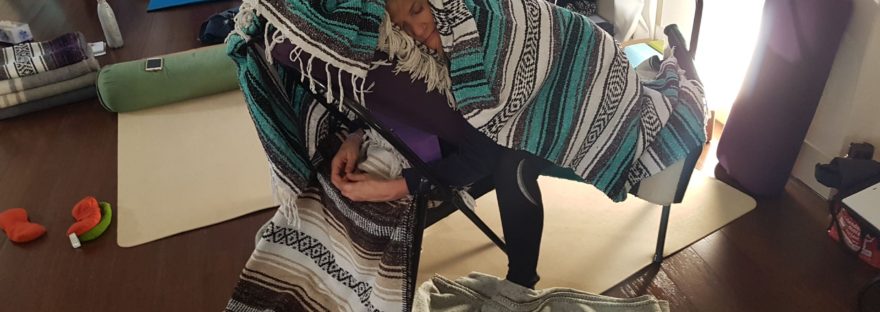It’s been a turbulent first half of 2018, astrologically speaking, with big shifts and unexpected changes aplenty. Until end of August there will be up to SIX planets in retrograde, so the Universe is giving us a lot of food for thought.
So what does it mean when a planet is in retrograde? Basically it’s when a planet appears to be spinning backwards. All planets orbit the Sun at different speeds- the ones farthest away will take longer to transit, so from time to time Earth will “overtake” a slower planet as they orbit around the Sun, giving the illusion of the other planet going backwards.
From an astrological point of view, it is a time to chill the f**k out and reflect. It’s a time for some real talk and to drop some truth bombs- on ourselves. Depending on the planet which is in retrograde, we may even feel the need to rebel and lash out. So no major life decision making, ok? Ok.
Which planets will be in retrograde? At its peak, we will experience Jupiter, Saturn, Pluto, Mars, Neptune, Uranus, and Mercury in retrograde from now until end of August. Hooo boy.
What does this mean? No need to pull out the tin foil hats. We can use this heavy retrograde period to our advantage. It’s the perfect time to check yourself before you wreck yourself. Have a look at all the plates you have spinning right now. Pay attention to them. What’s necessary? What can you let go of? In some cases, are you making things harder than they need to be? And in others, are you neglecting what needs to be tended to? Review. Regroup. Reprioritise.
Due to the number of planets in retrograde, it can be a confusing time. If you can’t make head or tail of a situation, I would recommend mediating or being out in nature. Tarot/oracle readings can be particularly helpful during these periods, as the cards will often illuminate things that your conscious mind isn’t equipped to see. If you feel a bit frazzled and discombobulated, hit me up for a reading for some clarity and insight.
If you’re keen to learn more about the energy of retrogrades, here is a great article by the Astro Twins http://astrostyle.com/learn-astrology/retrogrades/
Happy retrograde-a-thon, peeps!

